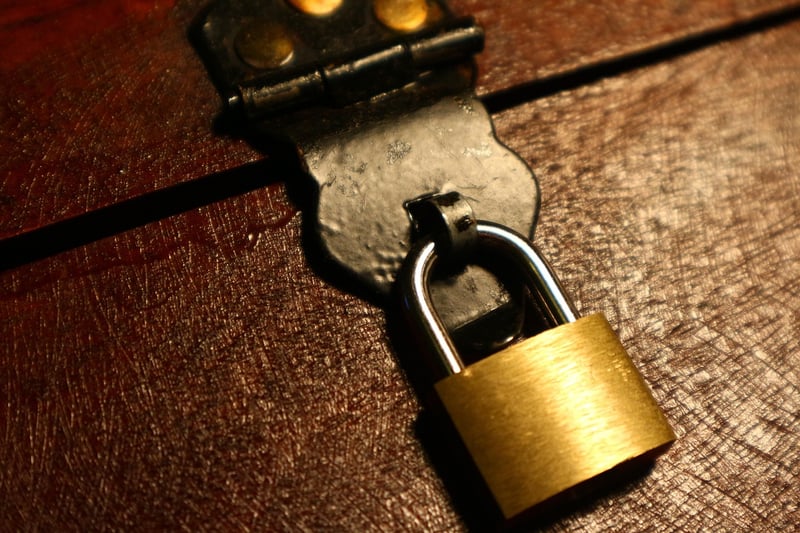Causality Safeguards
Avoiding Disruptions and Causality Safeguards
Disruptions can be a major hindrance to productivity and success, whether in personal endeavors or business operations. To mitigate these disruptions, it's essential to implement causality safeguards that can help maintain a smooth flow of activities and prevent unexpected setbacks.
Why Avoid Disruptions?
Disruptions can lead to delays, errors, and overall inefficiencies. They can disrupt workflows, impact timelines, and even result in financial losses. By avoiding disruptions, individuals and organizations can ensure continuity, consistency, and ultimately, achieve their goals effectively.
Strategies to Avoid Disruptions:
- Proactive Planning: Anticipate potential disruptions and plan ahead to address them before they occur.
- Effective Communication: Clear and timely communication can help prevent misunderstandings and keep everyone on the same page.
- Contingency Plans: Have backup plans in place to quickly respond to unexpected events and minimize their impact.
- Continuous Improvement: Regularly review processes and workflows to identify areas for improvement and optimization.
- Employee Training: Ensure that employees are well-trained to handle their responsibilities efficiently and effectively.
The Role of Causality Safeguards:
Causality safeguards are mechanisms or protocols put in place to maintain the cause-and-effect relationship between actions and outcomes. They help ensure that every action has a clear impact and that unexpected disruptions do not derail progress.
Examples of Causality Safeguards:
- Feedback Loops: Establish feedback mechanisms to monitor outcomes and adjust actions accordingly.
- Quality Control Measures: Implement checks and balances to maintain the quality and consistency of outputs.
- Risk Assessment: Identify potential risks and develop strategies to mitigate them proactively.
- Documentation: Keep detailed records of actions and outcomes to trace causality in case of disruptions.
By combining strategies to avoid disruptions with robust causality safeguards, individuals and organizations can enhance their resilience, adaptability, and overall success in navigating challenges and achieving their objectives.

Image source: Pixabay
